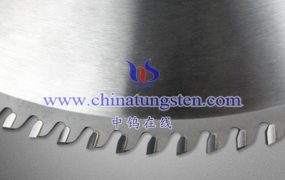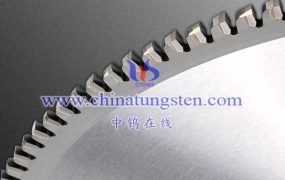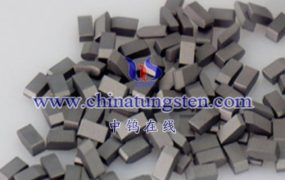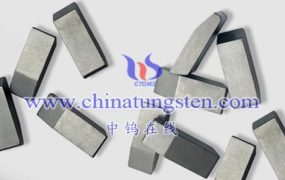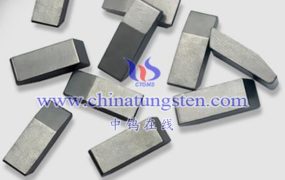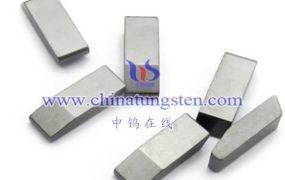In the cemented carbide manufacturing process, different forming methods have their own advantages and disadvantages.
Press forming is a commonly used cemented carbide manufacturing process. Its advantages include the ability to manufacture carbide products with complex shapes, small machining allowances, high machining precision, and high production efficiency. However, press molding also has some disadvantages, such as high grinding speed, high energy consumption, easy burns on the surface of the grinding workpiece, and residual stress. In addition, press forming requires high density and uniformity of cemented carbide materials, otherwise the quality and performance of the product will be affected.
Solid carbide is a composite metal powder layer material made by pressing tungsten carbide powder evenly into a metal matrix. The advantages of solid carbide are high hardness (HRC60~80), good wear resistance (up to HRC90 or above), good heat resistance (can be used for a long time at 500°C), and good toughness and ductility. sex. However, the disadvantages of solid carbide are that it is relatively brittle, prone to wear, fracture and failure, and is relatively expensive. It is generally only suitable for roughing and finishing processes or small batch production occasions with low precision requirements.
Welding carbide is a composite material formed by melting welding wire and coating it on the base metal. The advantage of welding hard is that it can be made into tool materials with different geometries to adapt to different processing technology requirements. However, the disadvantage of hard welding is that its strength is low (about 50% of the parent material), and cracks are prone to occur at the weld, leading to failure.
Sintered soft nitride is a composite metal material made by heating ceramic particles with a carbon content of less than 0.4% to high temperatures and sintering them into a thin ceramic film layer as the base material. The advantage of sintered soft nitride is that its base material has high hardness, high strength, high wear resistance, corrosion resistance and good high temperature stability, so it can be used in various demanding working environments. However, the disadvantage of sintered soft nitride is that the manufacturing process is complex and the production cost is high. For different grades of alloy materials, the sintering process and material formulas need to be verified through a large number of experiments, so the manufacturing cost is high.
In summary, different forming methods have different advantages and disadvantages. In the cemented carbide manufacturing process, it is necessary to select an appropriate forming method based on specific product requirements and production conditions.
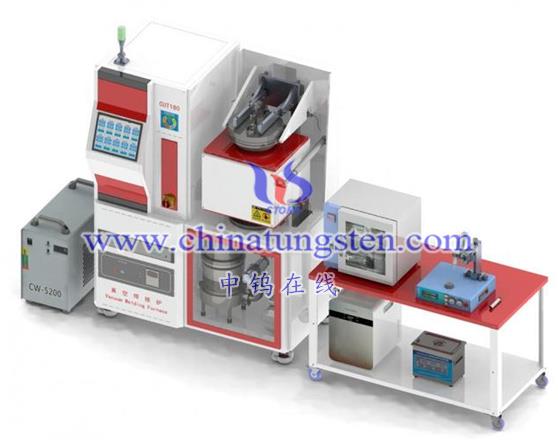
More details of tungsten carbide product, please visit website: http://tungsten-carbide.com.cn/
Please contact CHINATUNGSTEN for inquiry and order of tungsten carbide:
Email: sales@chinatungsten.com
Tel.: 86 592 5129595
